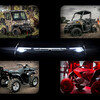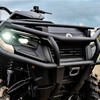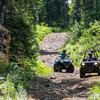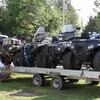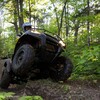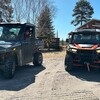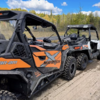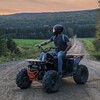
Vintage ATVs: A Guide to Your Favourite Rides

If you’re reading this there’s a good chance you’ve got a quad or side-by-side in the corner of your garage, just waiting for the warm spring sun to melt the last bit of snow off your favorite trails. Maybe you're waiting for a chance to attend your favourite ATV event. Or perhaps you don’t own one yet and are in the market for your first machine.
Regardless of whichever camp you fall into, have you ever given any thought to the origins of these machines? How did these vehicles that give us some much joy come to be? After all, like anything powered by an internal combustion engine, an evolutionary timeline exists from rudimentary clunky designs to the sleek modern technology-filled weapons of today that can rival the cost of some cars. So let's take a deep dive into the origins and beginnings of the ATV.
The Dawn of the ATV Era
All-terrain vehicles (ATVs) have a long history—much longer than what I'd assumed before I started my research. While there is some debate as to what's considered the first ATV (the six-wheel ‘Jiger’ comes to mind—produced in Toronto in 1961 as a 5 ½ horsepower amphibious vehicle) the consensus seems to be it was around 1970 when Honda introduced Americans to the US 90, which was later renamed the ATC 90.
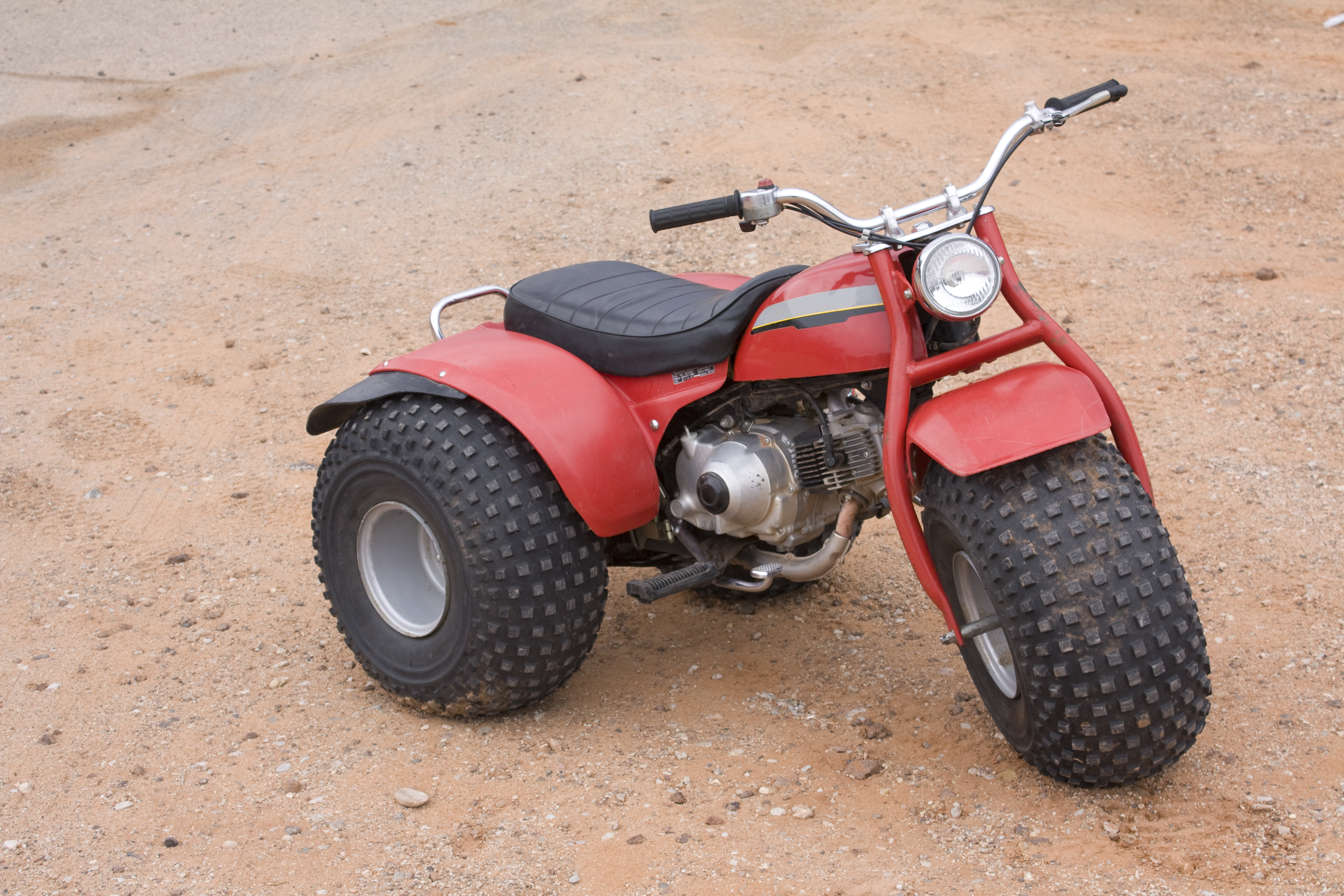
That’s right, the first true ATV was a three-wheeler, not a quad. It wasn’t until 1982 Suzuki launched the first four-wheel version, the Quad Runner LT125. While the earliest versions were designed for recreation, the majority of units were used for utilitarian applications. The LT125 was the true beginning of a transition, where machines were designed for work and play.
The 1980s and the Rise of the Quad
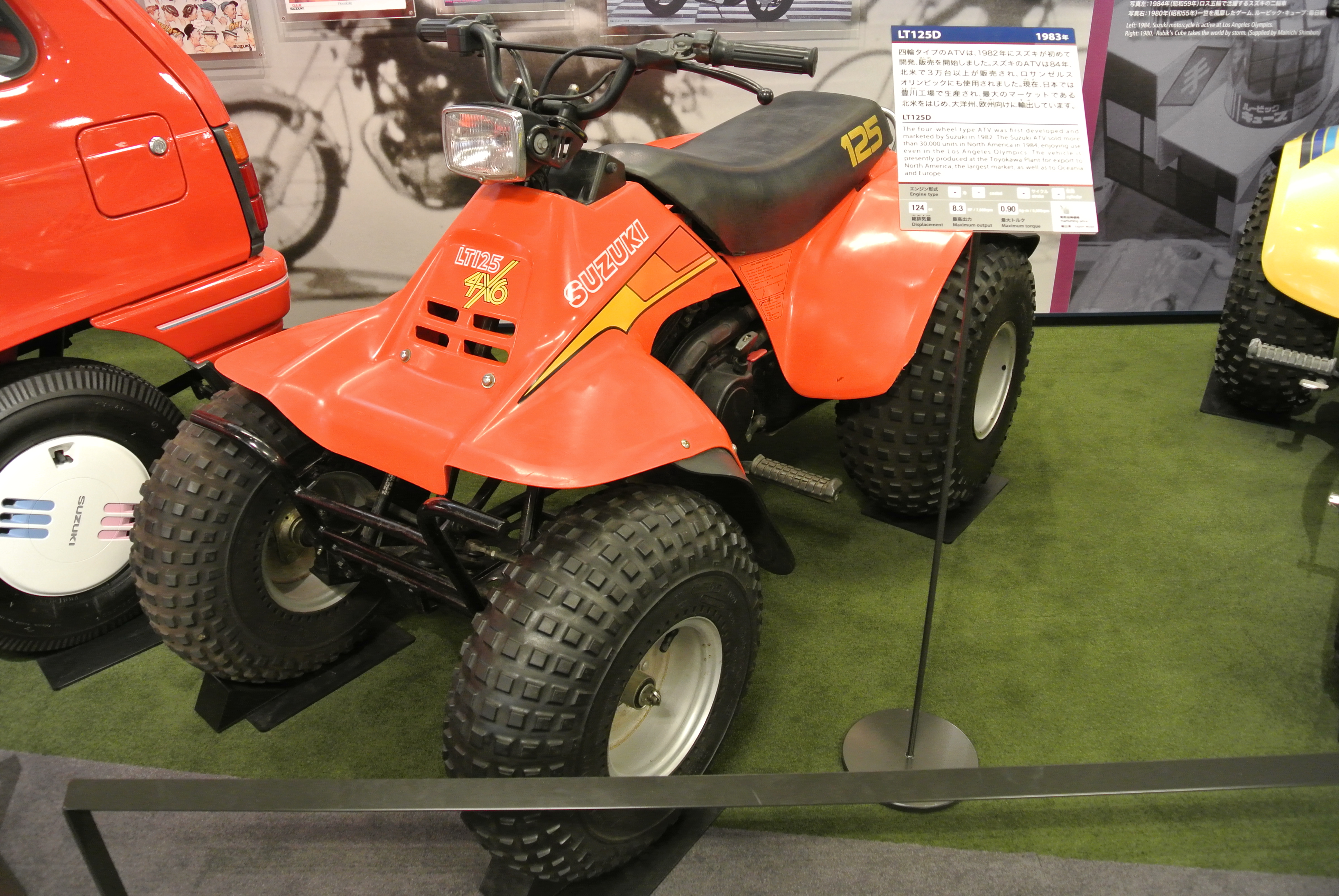
By the late 1980s, four-wheeled ATVs had overtaken their three-wheeled counterparts in popularity as an emphasis on safety was becoming ever more apparent due to a rise in injuries among adolescents and children (if you ever got to experience the uneasy thrill of riding a three-wheeler, you know how incredibly tippy and unbalanced they could be). This prompted an investigation by the Consumer Product Safety Commission in 1984 and by 1986 they released statistics that suggested most ATV accidents were a result of improper rider behavior rather than actual vehicle design. One could argue the old riding adage of “know your limits, stay within it” is still very applicable to this day.
As ATVs grew in popularity during the 80s two main niches formed the market; utility/trail and dedicated sport/racing machines. In 1984 Honda dominated the US market selling a record 370,000 delivered units accounting for 69% of total ATV sales that year. With the other manufacturers feeling the heat, Suzuki released a beast of a race quad in 1985 that flat-out revolutionized the ATV racing industry— it was simply way ahead of its time. The ultra-high-performance LT250R Quad Race was a 250cc 2-stroke track weapon boasting “A-Arm” front suspension, a six-speed manual transmission, hydraulic disc brakes and long travel suspension, resembling more of a motocross bike with two extra wheels. While early adopters were hesitant to switch to a heavier four-wheeled platform over their familiar three-wheel predecessors, it didn’t take long before ‘trikes’ faded out and were viewed as old technology.

Not wanting to lose its share of the market to a competitor, Honda had been diligently working on a prototype racer known as the FourTrax 250R and released it in 1986, largely overshadowing the LT250R despite both platforms being revolutionary, the FourTrax was thought to have better handling characteristics and won the popularity battle among racers and enthusiasts alike.
What makes these machines even more unique is the very limited production run they endured as almost all off-road vehicles phased out the use of a two-stroke engine in favor of the more environmentally friendly four-stroke thumpers. To this day the FourTrax 250R continues to win awards for its performance and restored versions of either quad can fetch big money on the used market.
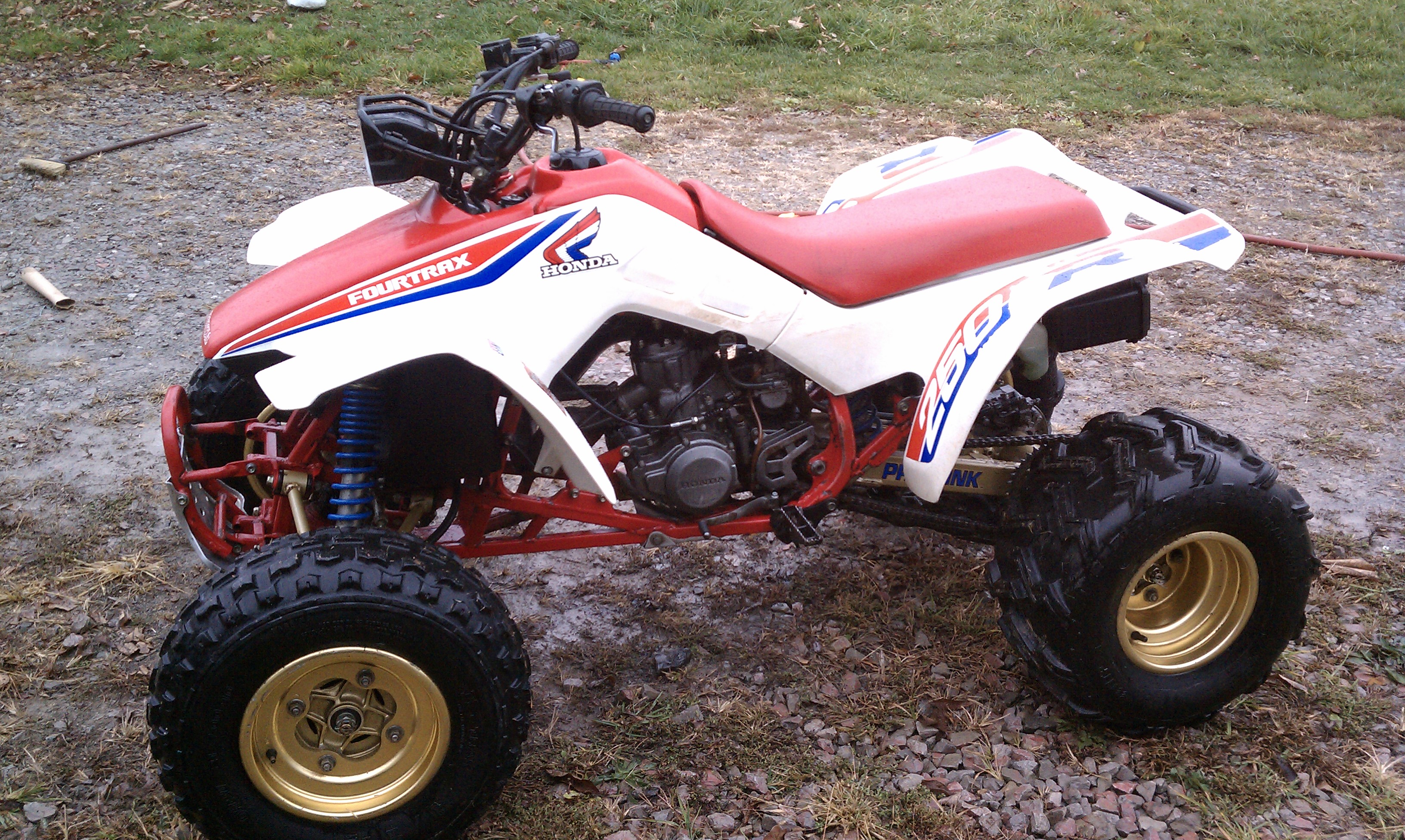
As 1986 rolled around Honda continued to lead in innovation with the release of the first four-wheel-drive ATV, the FourTrax 350 4x4. For the grand unveiling, it was lowered from a helicopter to showcase that all four wheels could move under their own power. This model would become the most versatile and popular ATV in history. That success set the stage for the other major manufacturers (Yamaha, Kawasaki, Artic Cat, Can Am, Polaris and Suzuki) to eventually release their own variations of a 4x4 bush-bashing workhorse platforms that continue to be the dominant quad type sold today.
Y2K and the UTV
The next real evolution in the ATV market came around the turn of the century as the early 2000s saw a new phenomenon explode into the space with the introduction of the UTV (Utility Terrain Vehicles) or side-by-side. Whichever name you prefer, they share a few common traits to justify the designation: 4 wheels, a steering wheel, non-straddle seating, foot controls for gas and braking and some form of roll-over protection system.

Released in 2004 the Yamaha Rhino was the first real game-changer catering to both recreational and utility customers. Despite being almost 20 years old The Rhino still shares most basic traits of modern-day machines, which would explain why they were produced until 2013.
While The Rhino claims to be the first modern UTV, the origins of the UTV are seemingly up for debate depending on your source. Some historical archives claim anything from WW2 army jeeps to dune buggies from the 1960s are deserving of the moniker. A more reasonable argument would give the title to The Honda Pilot (a single seater manufactured in 1989), as it shares more traits with modern-day UTVs. The Kawasaki Mule made around the same time would also be worthy of honorable mention despite its intended use as a utility cargo hauler.
The next real innovator and the closest thing to modern-day offerings of UTVs was the Polaris RZR, introduced just a few years after the Rhino. The RZR is credited as being the world’s original sport UTV setting the stage for the other manufacturers to leap into action with their own offerings, leading to two stand-alone categories as quads: Utility and Sport.
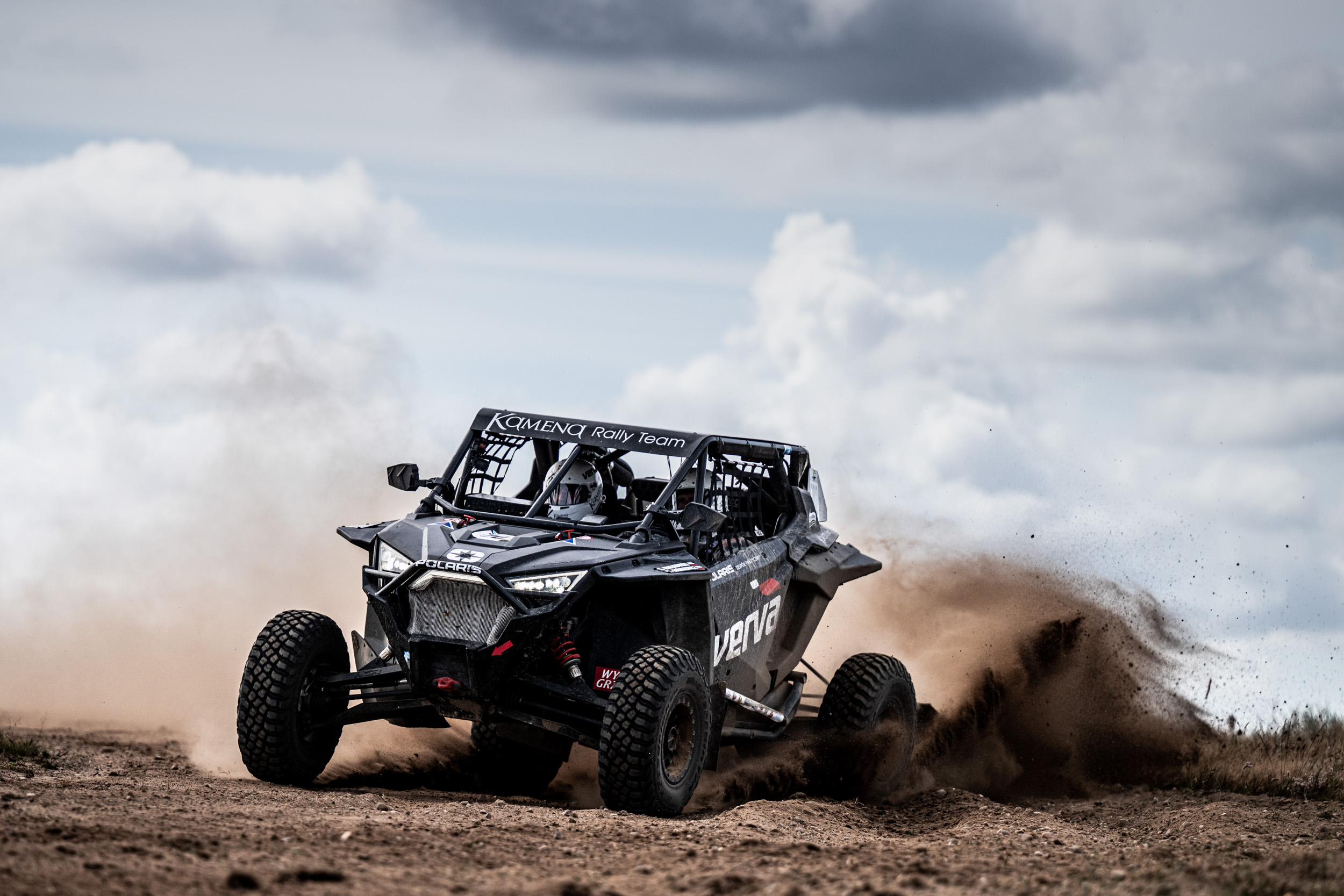
The Future of ATVs and UTVs
Modern-day ATVs have come a long way in a relatively short period in terms of technology, horsepower, ground clearance, handling and just about every other metric. Looking back at some of the models discussed above, while they may seem hilariously out of date by today’s standards, each one was a building block leading us to what we ride today. With the way technology advances exponentially, it will be exciting to see what rolls off the production line over the next decade. E-ATVs, anyone?
What's Your Own "Vintage" ATV Memory?
I’m curious to hear from you, what was your very first quad or UTV riding experience? Mine was a 1988 Yamaha Big Bear 350 4x4 (it wasn’t mine but a close childhood friend’s). We used to ride it around the bush near his property in the early 90s as grade-schoolers and to this day remains one of my most nostalgic off-road memories.
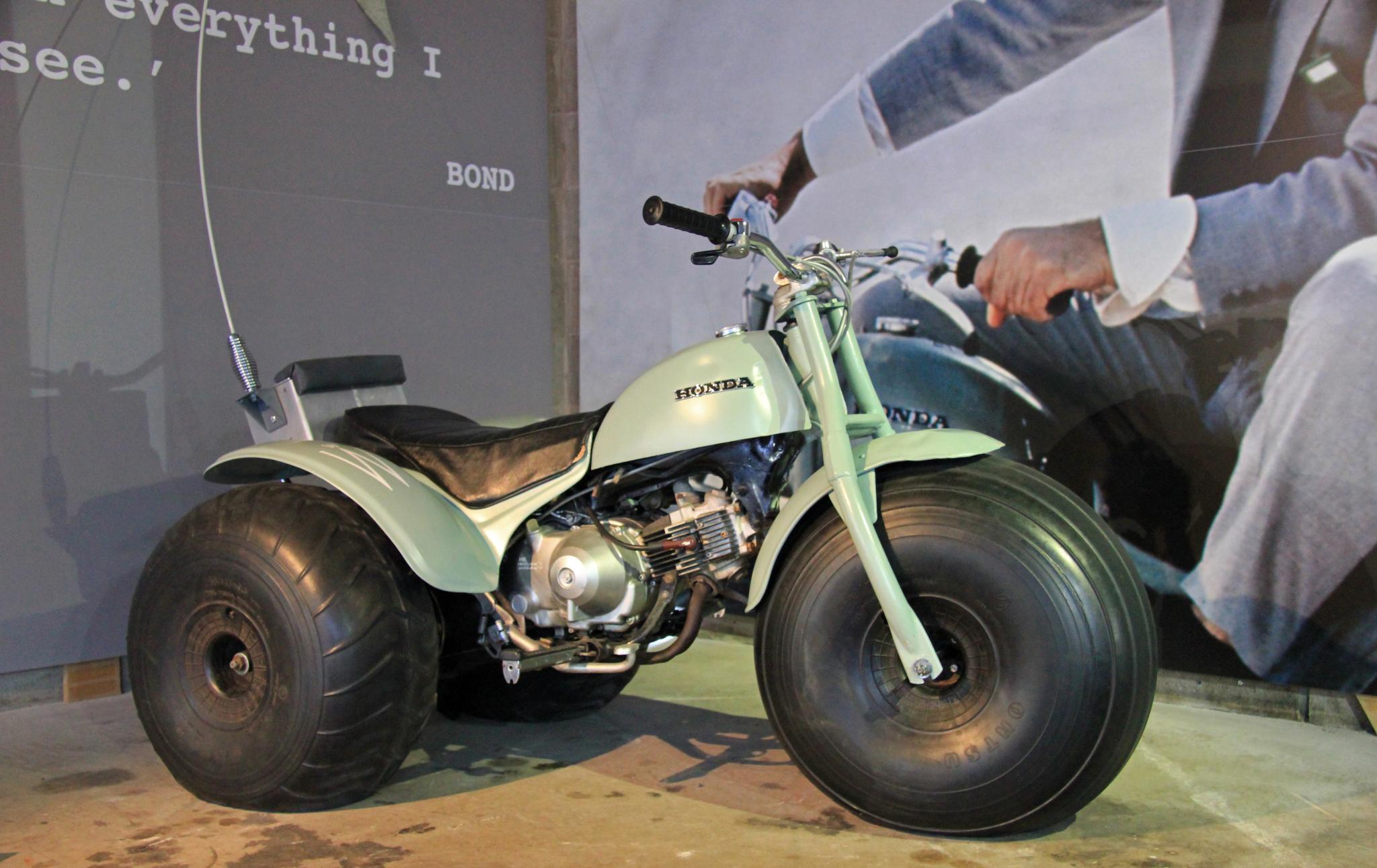
Recommended Articles

The Complete 2025 List of ATV Events in Ontario

Guided ATV Tours

Confessions of a First Time ATV Rider: Mattawa Voyageur Multi Use Trails

6 Reasons Why Mattawa is Canada's Off Road Capital
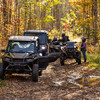
ATV Riding the Ottawa Valley: A 2-Day Itinerary

18 Best ATV Cabin Rentals

Never Get Lost Again
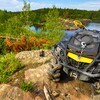
As If Anyone Needed Convincing

5 Things I Learned ATVing For the First Time

Ontario’s North Country ATV Trout Tour

